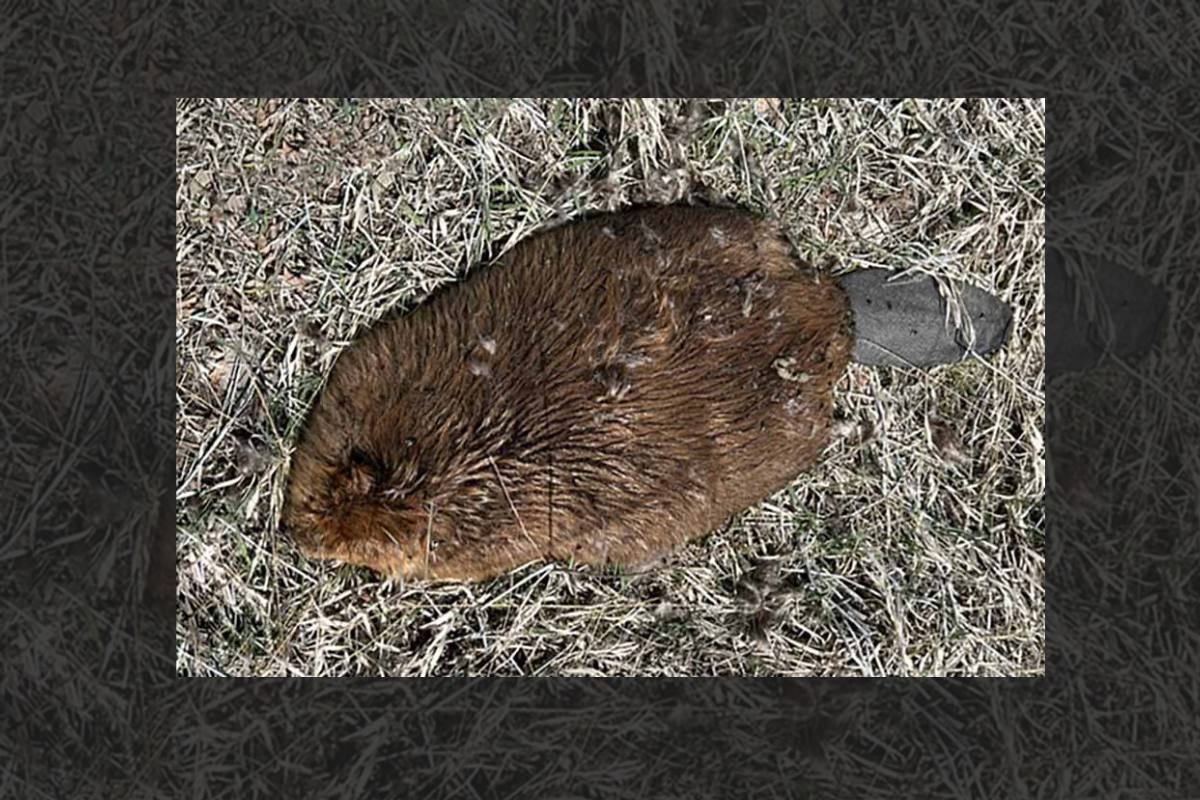

Nine beavers and a vole have died in Utah over the past month and tested positive for tularemia, a disease that can also infect humans. The outbreak is unusual. Utah’s last confirmed case of a tularemia-related wildlife death was in 2017. Wildlife officials warn people not to handle sick or dying animals and to take precautions against ticks.
Videos by Outdoors with Bear Grylls
According to the Utah Dept. of Health and Human Services, a bacteria called Francisella tularensis causes tularemia, which can cause ulcers, eye irritation and inflammation, sore throat, chest pain, and difficulty breathing.
Tularemia or rabbit fever typically affects rodents, including rabbits, hares, and beavers. The infectious disease transmits through tick and deer fly bits, through physical contact with an infected animal, or by drinking contaminated water. It can be fatal to humans if not treated promptly.
The DWR says officials found five dead beavers near the Swaner Preserve & EcoCenter between March 23 and April 2, another beaver near Midway on April 5, two additional beavers and a vole near the Jordanelle Dam on April 8, and another beaver in the Birdseye area on April 10.
DWR veterinarian Ginger Stout said in a public statement: “The bacteria that causes this infection is known to be in the environment in many parts of Utah; however, it is unusual to see this many animals die from it at once.”
How to Protect Yourself From Tularemia
To protect yourself from tularemia, DWR says you should use insect repellent, wear protective clothing, check for ticks after being outdoors, avoid mowing over dead animals, wear gloves when handling sick or dead animals, and avoid eating undercooked rabbit meat.
The CDC says antibiotics can successfully treat most infections in humans, but early treatment is key.









